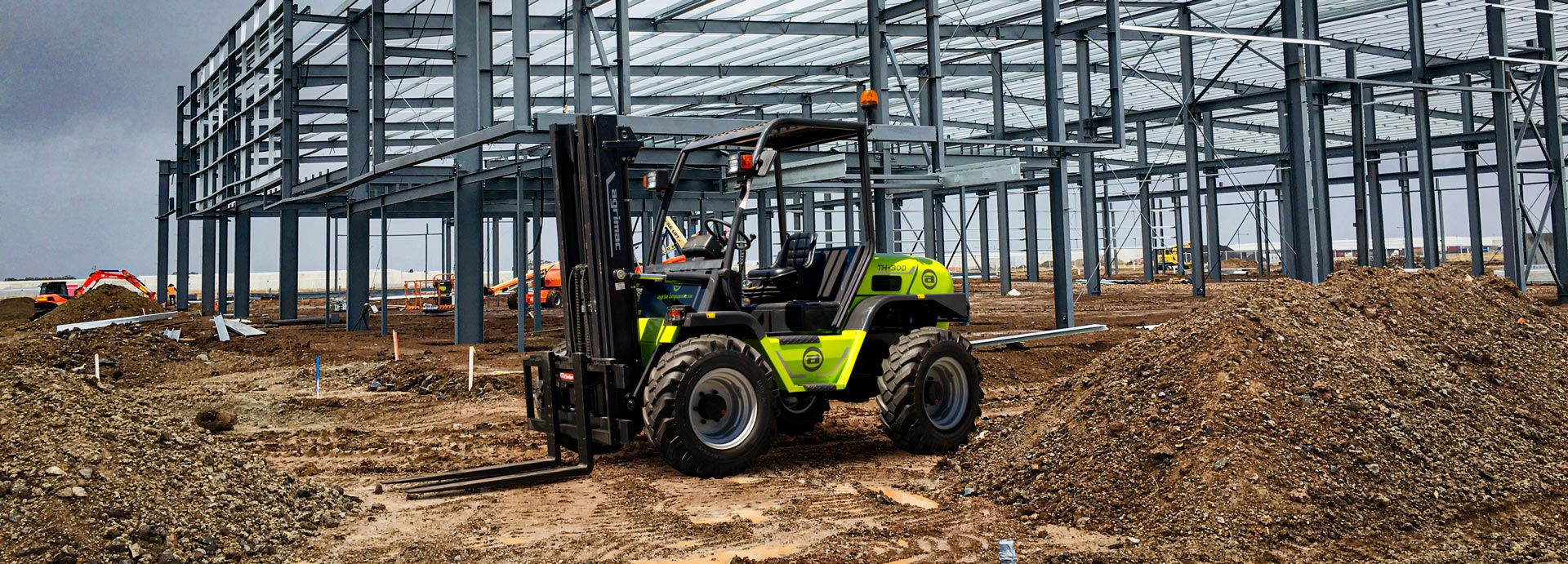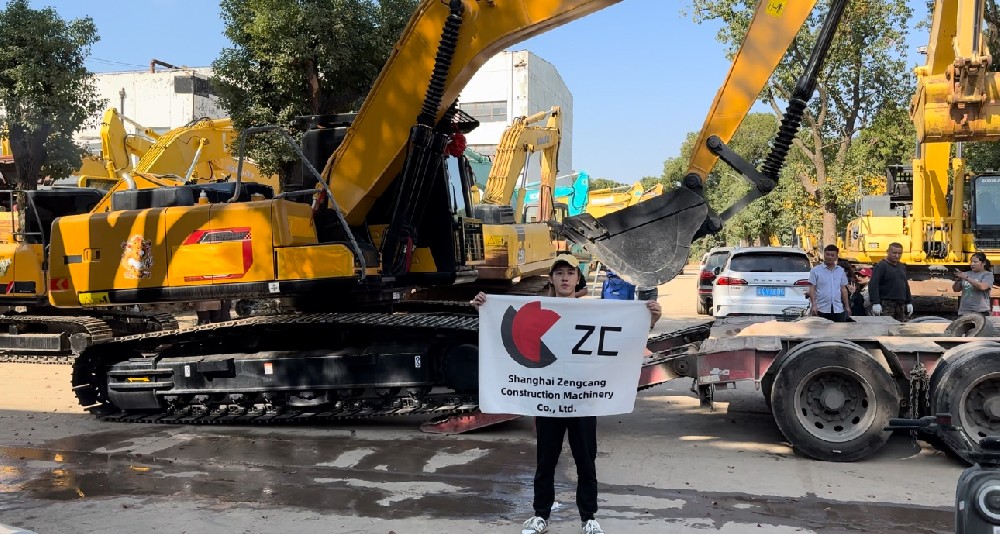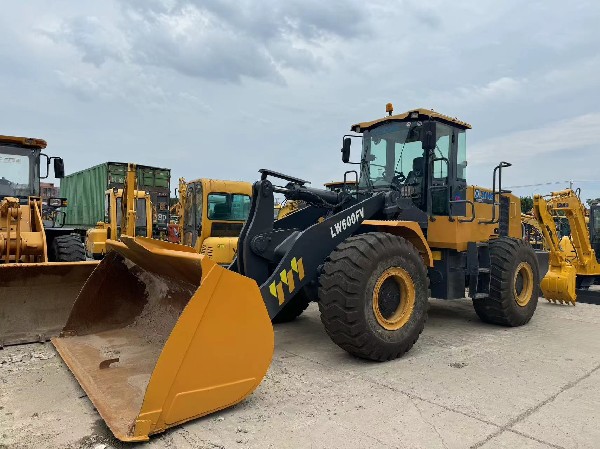Do you want to learn about construction equipment? In this overview, we'll explore typical construction equipment names and functions.
We'll cover everything from boom lifts and scissor lifts to forklifts and bulldozers. Specified construction equipment including telehandlers, cold planers, and excavators will also be covered. This article can help you understand construction equipment, whether you're new or experienced.

Top 10 construction equipment names and their functions
Boom lifts help personnel to access elevated regions safely. The extendable arm gives it great reach and adaptability for construction, maintenance, and window cleaning.A scissor lift is used for high tasks like a boom lift. Another mechanism raises and lowers the platform vertically utilizing crisscrossing metal supports. Indoor construction, painting, and electrical installations require scissor lifts.A forklift, often called a lift truck or an industrial truck, is used to handle materials. It lifts and transports loads with fork-like prongs.
Forklifts are used to move large items, pallets, and machinery on construction sites.A single man lift is a small, agile lift for one person to access elevated work sites. In maintenance, HVAC installation, and electrical repairs, it helps workers reach heights securely and effectively.A telehandler is a flexible construction machine that lifts and places goods. It combines forklift and crane capabilities with a telescopic boom that extends forward and upward. Telehandlers are used on construction sites for material handling, loading, and unloading.The remaining construction equipment names, such as bulldozer, backhoe loader, cold planer, excavator, and more, will be discussed as we continue to explore. Stay tuned for further information about their roles in construction projects.
Common Construction Equipment Names
Construction sites use a range of equipment to work efficiently. Common construction equipment names include boom lifts, scissor lifts, forklifts, single-man lifts, and telehandlers. Boom lifts are safe, extensible equipment for accessing lofty regions. Cross-supported scissor lifts function vertically. Material handling requires forklifts to lift and move heavy goods. Small, agile single man lifts allow secure access to elevated work areas. Telehandlers use telescoping booms to lift and place goods like forklifts and cranes.
Difference between boom and scissor lift
Both boom and scissor and their working mechanisms is different. Boom lifts have an extending arm for more reach and mobility than scissor lifts. Activities requiring high or hard-to-reach access are perfect for them. However, scissor lifts are stable and vertical. Indoor construction, painting, and electrical installations employ them.
How Construction Forklifts Work
Forklifts transfer large goods on construction sites. Hydraulics regulate these machines' lifting. Lifting cargo with fork-like prongs, forklifts can navigate narrow places. The operator controls the forklift from a cabin for precision and safety. In the construction industry, forklifts are used to load and unload materials, carry pallets, and maintain inventories.
Construction Telehandler Uses
Telehandlers have several construction uses. Material handling, lifting big weights, and loading/unloading are common uses. Telehandlers have telescopic booms for greater reach and adaptability. They are used in construciton to move loads. Telehandlers are useful for a variety of construction projects because of their versatility and adaptability, which boosts output and efficiency.
Bulldozer's Role in Construction
Bulldozers’ power and adaptability are essential in heavy construction. A big metal blade at the front allows these devices to push large volumes of earth, trash, or other things. Bulldozers are great at clearing land, grading, and leveling construction sites. Their capacity to travel difficult terrain and carry enormous loads makes them essential in road construction, mining, and large-scale earthmoving. Bulldozers help big construction projects succeed because of their strength and reliability.



